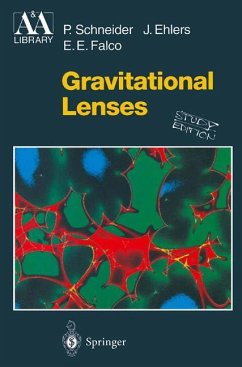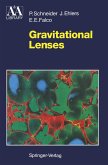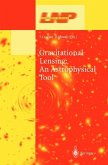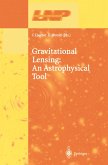Light observed from distant objects is found to be deflected by the gravitational field of massive objects near the line of sight - an effect predicted by Einstein in his first paper setting forth the general theory of relativity, and confirmed by Eddington soon afterwards. If the source of the light is sufficiently distant and bright, and if the intervening object is massive enough and near enough to the line of sight, the gravitational field acts like a lens, focusing the light and producing one or more bright images of the source. This book, by renowned researchers in the field, begins by discussing the basic physics behind gravitational lenses: the optics of curved space-time. It then derives the appropriate equations for predicting the properties of these lenses. In addition, it presents up-to-date observational evidence for gravitational lenses and describes the particular properties of the observed cases. The authors also discuss applications of the results to problems in cosmology.








